This feature is brought to you by Chester County Hospital, which offers so much more than medical services and treatments. Explore its extensive community wellness and education resources, such as screenings, educational classes, Weight Matters, an eight-week weight loss program, nutrition counseling and more.
File under “what’s not to love”: Whole grains are affordable, easy to prepare, filling and delicious! They are very beneficial to physical health and well-being, and they carry a long list of benefits in each bite.
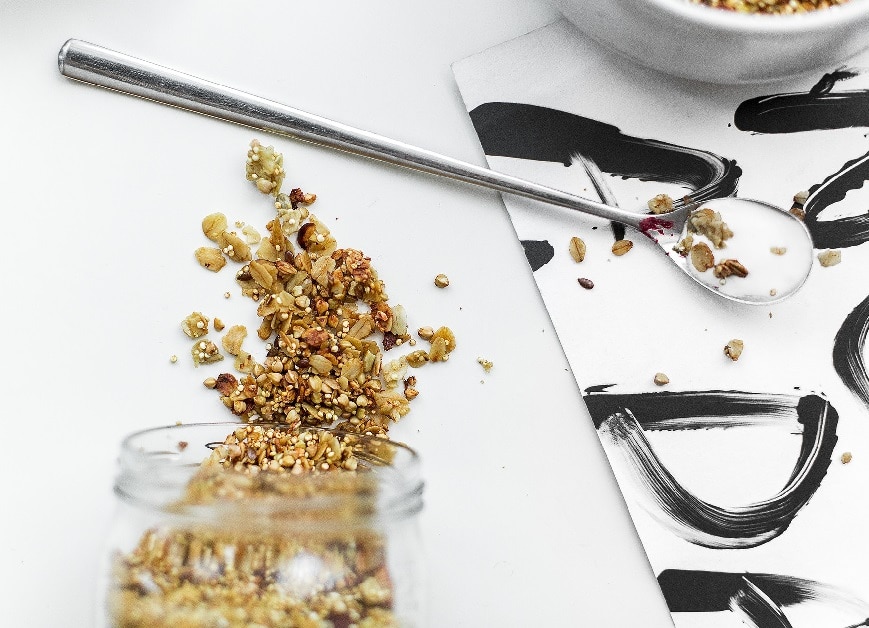
According to Registered Dietitian and Certified Diabetes Educator Trish King, “To get adequate fiber in your diet, women need between 21–25 grams of fiber per day, and men need between 30–38 grams per day.”
With dozens of whole grains out there, we’ve narrowed our focus to four interesting and approachable whole grains for good health. Get to know these whole grain superstars:
Oats
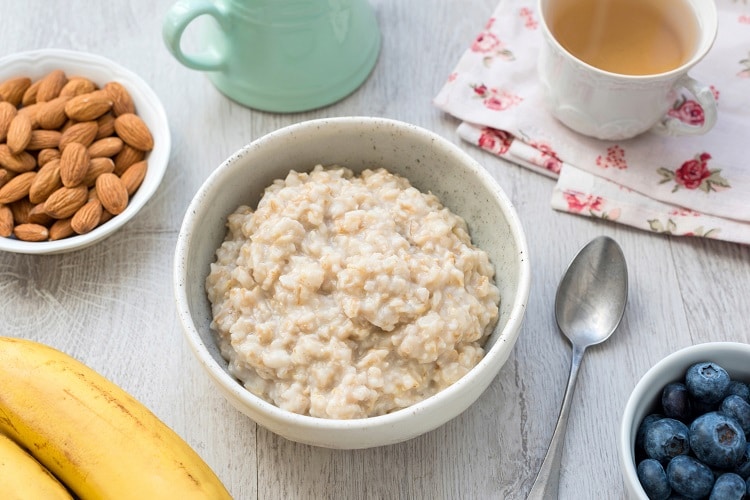
If you’re looking for a very good source of fiber (especially beta-glucan), look no further than a cup of cooked whole oats. Nutty and hearty, cooked oatmeal contains a whopping 9.6 grams of fiber per serving (1 cup cooked oats) and is also a good source of iron!
King notes, “I recommend steel cut oats over old fashioned oats because steel cut oats are less processed and are digested more slowly. This means they are converted into sugar more slowly, which helps prevent spikes in the blood sugar.”
Whether topped with fresh fruit, or served as a savory dish, eating oatmeal regularly can be beneficial to weight loss, reducing the risk of heart disease and lowering blood sugar levels. Avoid instant oats, as they are lower in fiber and often contain added sodium, which acts as a preservative.
Cooking Tip: If you’re preparing steel cut oats, they cook beautifully in a rice cooker. Batch cook oats, and they’ll be ready for breakfast each morning of the week!
Barley
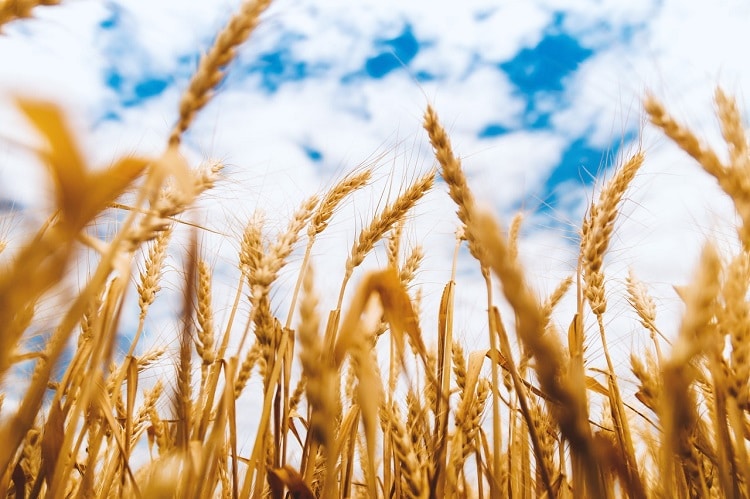
Barley is one of the oldest cultivated grains and is actually a member of the grass family. These slow-cooking grains are ideal in soups and stews and adds a nice texture in a hearty salad. The fiber in barley is especially beneficial, as it may lower cholesterol more effectively than oat fiber. Barley is the highest in fiber of all the whole grains, with 6 grams of fiber in a 1-cup serving, and it is high in antioxidants, vitamins and minerals.
There are two types of barley: Hulled and pearl. Hulled barley has had the tough, inedible outermost hull removed, but still retains the bran and endosperm layer. It is the most nutritious of the two types of barley. Hulled has a nutty, chewy texture.
Pearl barley has been polished to remove the bran, thus changing the color of the grain to almost-white. It cooks faster than the hulled variety, but contains less nutrients.
Cooking Tip: Plan accordingly, as a cup of raw barley will yield three cups once cooked. Simmering in broth gives the cooked grains an extra savory, rich flavor.
Quinoa
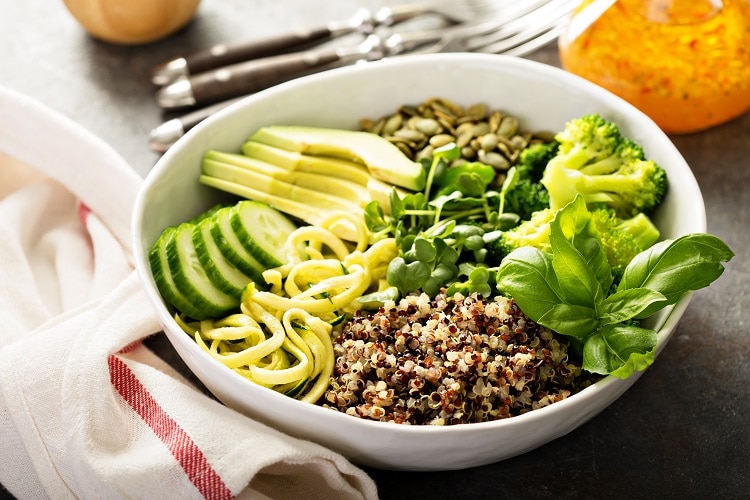
Though technically considered a seed, quinoa is an ancient Peruvian powerhouse packing a hefty punch of fiber. Quinoa seeds are flat, oval-shaped and come in white, red, black or yellow (which all taste pretty much the same).
According to the USDA nutrient database, a cup of cooked quinoa contains more than eight grams of fiber. Steamed or simmered quinoa makes a lovely side dish, and is also a wonderful salad grain. It cooks up and cools down quickly. Quinoa has a nice, nutty flavor and its texture beautifully absorbs the flavor of any dressings or sauces.
The other nutritional surprise with quinoa is that a serving (that’s one cup of cooked quinoa) contains 4.4 grams of protein. Quinoa is also gluten-free and serves as a great substitute in many dishes for those who might be sensitive to wheat or gluten.
Cooking Tip: Before cooking quinoa, give the seeds a good rinse under cold water. This helps to remove any lingering bitter taste that is sometimes present on the seeds.
Flaxseed
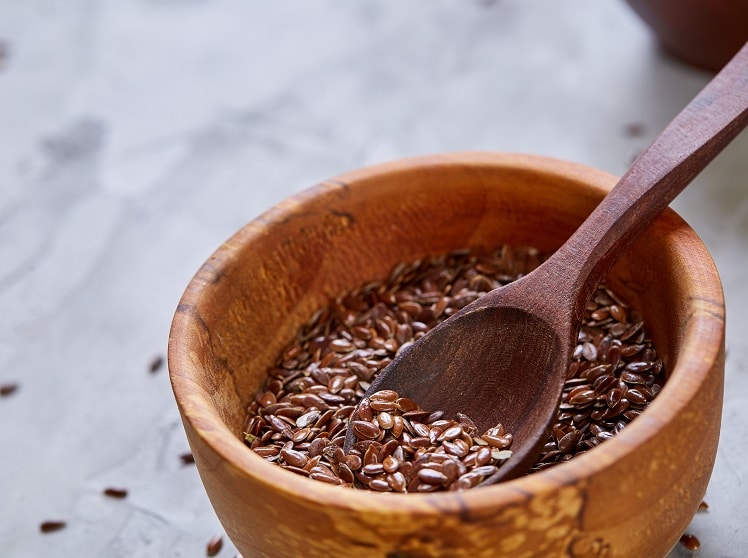
Yes, this is another seed, but flaxseed’s benefits are too good to leave it off of our list! The small, smooth seeds come in two varieties, golden and brown, and both are a rich source of fiber and contain plant-based omega-3 fatty acids. Flaxseed is the number one source of lignans (the compounds that form building blocks of plant-cell walls) in human diets. It also supports good digestive health and may help to lower cholesterol. Try sprinkling flaxseed on salads or adding it to popcorn for a pleasant nutty flavor and serious nutritional boost.
Cooking Tip: Add ground flaxseed to a morning smoothie. Many vegan bakers create “flax eggs” by mixing one part ground flax with two to three parts water, then letting the mix sit for about 15 minutes to gel. Added to cake batter, muffin mix, etc., flaxseed acts as a binder and lends a moist, dense texture without the addition of eggs.
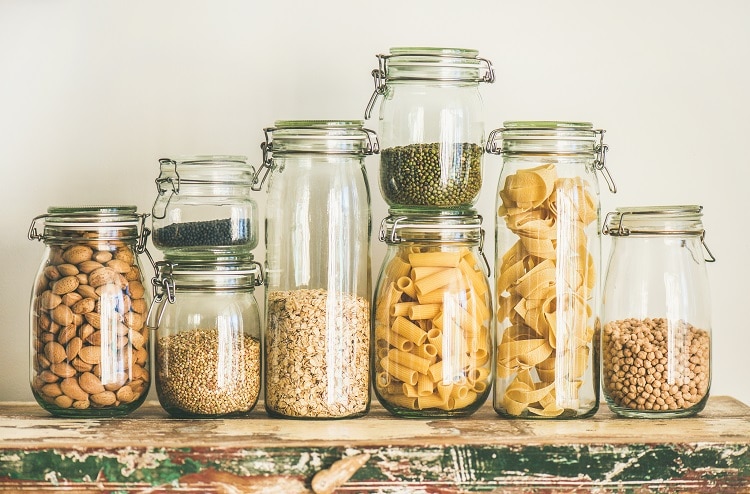
When shopping for whole grains, King stresses that reading food labels is key. To make sure you are buying a legitimate whole grain, check the ingredients. If the first ingredient contains the word “whole,” then you can be certain it is indeed a whole grain.
King adds, “The soluble fiber found in foods like oats, beans, flaxseed, Brussels sprouts and oranges may help lower LDL (bad) cholesterol. Because soluble fiber is not absorbed into the intestine, it can bind cholesterol and remove it from the body. Try to eat between 5 and 10 grams of soluble fiber per day and always make sure to increase water intake when increasing fiber intake.”
Grain Storage Ideas:
- Make sure that pre-packaged grains are in sealed bags.
- If shopping in bulk, take your own containers to the market. The tare weight will be removed when the product is weighed at the checkout.
- Date the containers, and use the oldest items first.
- Do not mix old grains with the new.
- Grains can be stored in the freezer, which extends the shelf life. Just remember to label and date the containers!
To stay on track with your health goals, explore new flavors with whole grains and add them to salads, soups, stews or serve as a side dish to your favorite meal.
To learn more about nutrition and community outreach programs at the hospital, contact Kimberly Knipe, MBA, RD, LDN at (610) 738-2300.
Chester County Hospital is located at 701 E. Marshall Street in West Chester; phone: (610) 431-5000.
Looking for more nutritious food inspiration? Check out our Guide to Greens and learn more about matcha, the antioxidant powerhouse green tea.
- Feature photo and barley photo: Pexels
- All other photos: Bigstock




